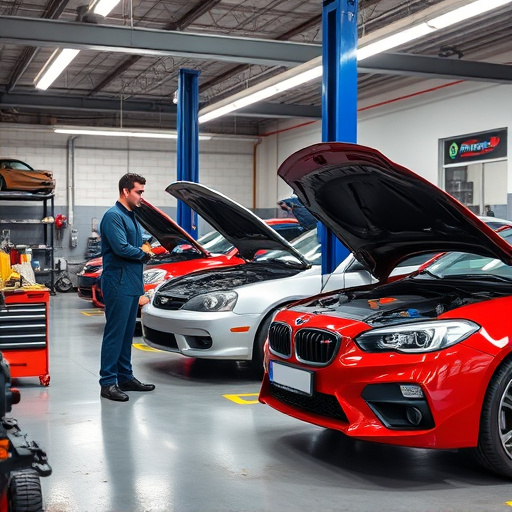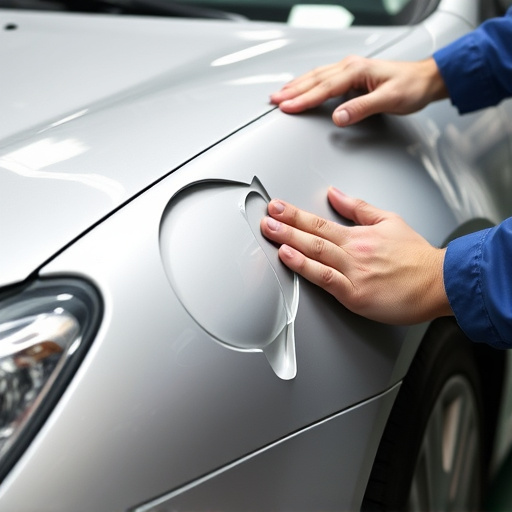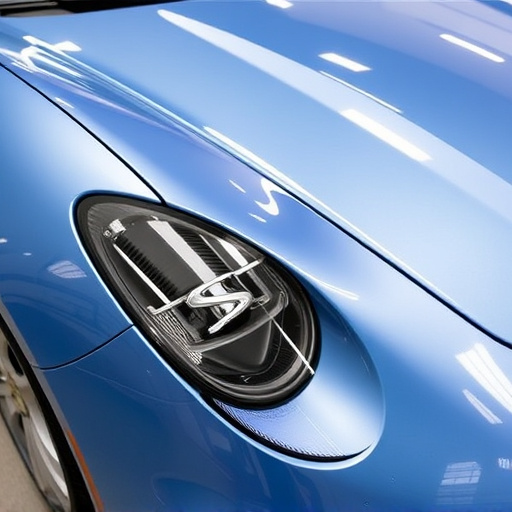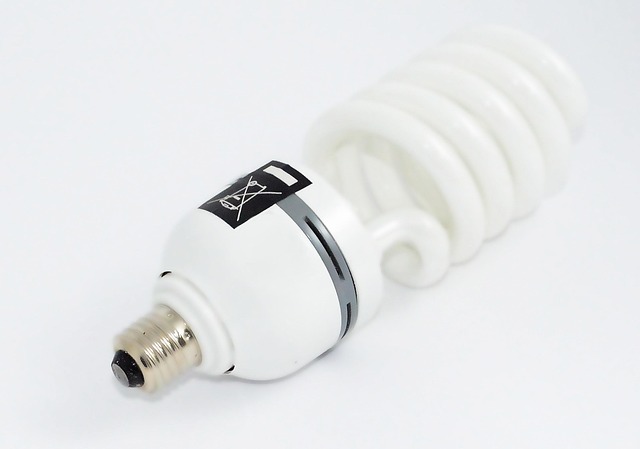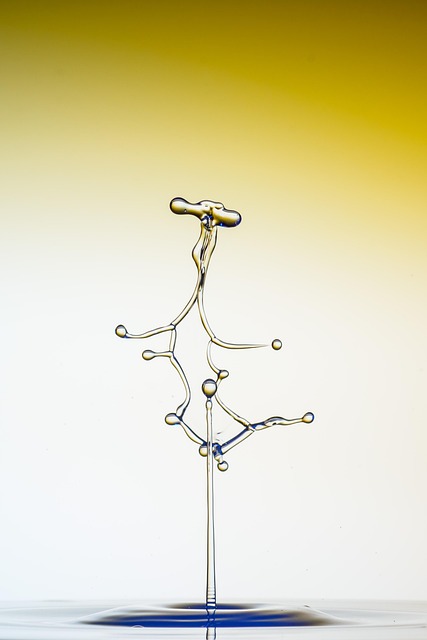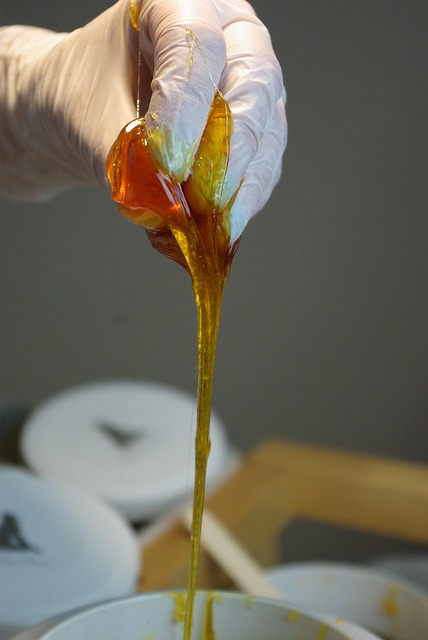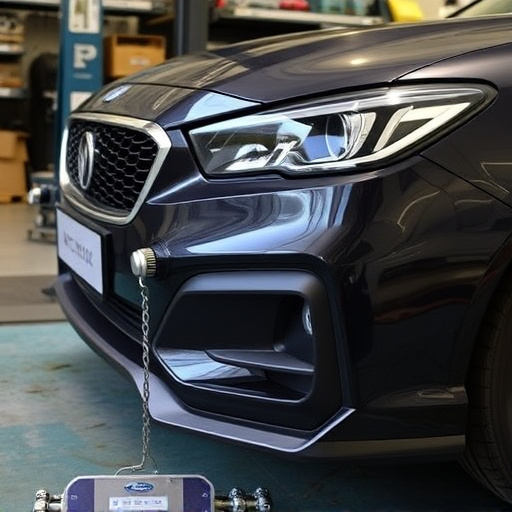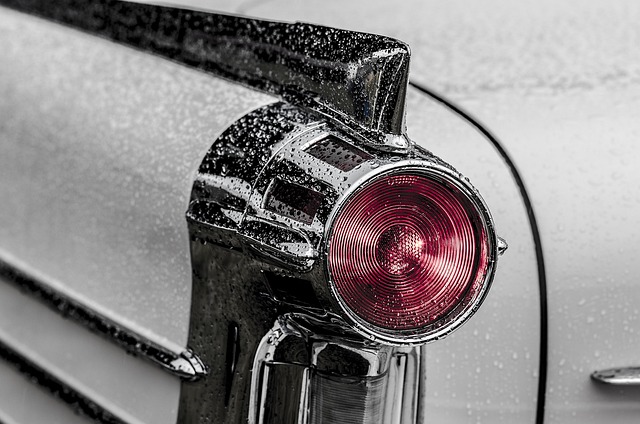Proper temperature control is critical for successful safety glass replacement in auto body shops. Extreme temperatures can cause bonding issues, leading to weak structural integrity or damage to surrounding components. The optimal temperature ensures strong molecular interactions and adequate adhesion, resulting in durable bonds that preserve both functionality and aesthetics of vehicle repairs, particularly dent removal processes. Precise preheating, even heating, and sustained ideal temperature are key best practices for achieving seamless, long-lasting glass bonding during safety glass replacement.
“Discover the critical role temperature plays in achieving superior glass bonding. This comprehensive guide explores ‘Understanding Temperature Sensitivity in Glass Bonding’, its effect on crucial tasks like ‘safety glass replacement’, and provides ‘best practices’ for professionals. Learn how optimal temperature control enhances bond strength, ensuring structural integrity and safety. Essential insights for anyone seeking expert knowledge in glass bonding.”
- Understanding Temperature Sensitivity in Glass Bonding
- The Impact of Optimal Temperature on Safety Glass Replacement
- Best Practices for Achieving Strong Bonds at the Right Temperature
Understanding Temperature Sensitivity in Glass Bonding

Understanding Temperature Sensitivity in Glass Bonding is paramount when it comes to ensuring the durability and strength of safety glass replacement in auto body shops or auto repair shops.
Temperature plays a critical role in the chemical bonding process, affecting the viscosity and flow of the glass during fabrication and installation. Even subtle temperature variations can lead to weaknesses in the bond, compromising the structural integrity of the final product. For example, too low a temperature might result in insufficient fluidity, hindering proper adhesion, while excessive heat can cause stress fractures or distortion. Therefore, meticulous control over environmental conditions, including temperature, is essential for achieving optimal glass bonding during safety glass replacement procedures, ultimately safeguarding against potential hazards and ensuring the longevity of auto repairs involving dent removal.
The Impact of Optimal Temperature on Safety Glass Replacement

When it comes to safety glass replacement, achieving the right temperature is paramount. Optimal temperatures ensure a secure and lasting bond between the new glass panel and the existing frame, enhancing the structural integrity of the vehicle. This process is crucial in auto repair services, as improper bonding can lead to weak points that may compromise safety during driving.
Maintaining precise temperature control also plays a vital role in preventing damage to surrounding components. In auto painting or car scratch repair scenarios, where glass is replaced alongside other panels, consistent temperatures safeguard the overall finish and aesthetics of the vehicle. This attention to detail ensures not only the functionality but also the visual appeal of the repaired or replaced safety glass.
Best Practices for Achieving Strong Bonds at the Right Temperature
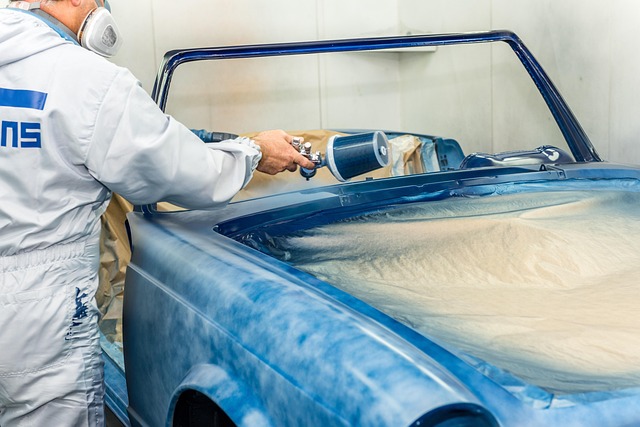
Achieving strong glass bonding requires a precise understanding of temperature control during the process. The right temperature ensures optimal molecular interaction and adherence between surfaces, leading to durable bonds. For safety glass replacement, maintaining consistent heat at the specified level is crucial. Exceeding the threshold can cause thermal stress, resulting in weak spots and potential failure over time. Conversely, insufficient heat may hinder the fusion process, leaving weak bonds that cannot withstand pressure or shock.
Best practices dictate a meticulous approach to temperature regulation. This involves preheating surfaces to activate molecules, ensuring even heating across the contact area, and holding the desired temperature for an adequate duration. In auto body restoration or bumper repair scenarios where glass is integrated into structural components, precise temperature control prevents damage to adjacent materials. Auto detailing professionals appreciate the impact of optimal temperature bonding on the final finish, ensuring a seamless, long-lasting appearance.
Proper temperature control is a critical aspect of achieving strong and durable bonds in glass bonding, especially during safety glass replacement. By understanding the sensitivity of glass to temperature variations, professionals can ensure optimal performance and safety. Following best practices, including selecting the right temperature for specific applications, can revolutionize the process, resulting in high-quality, long-lasting bonds that meet industry standards. This ensures not only structural integrity but also enhances the overall aesthetics and functionality of glass installations.
